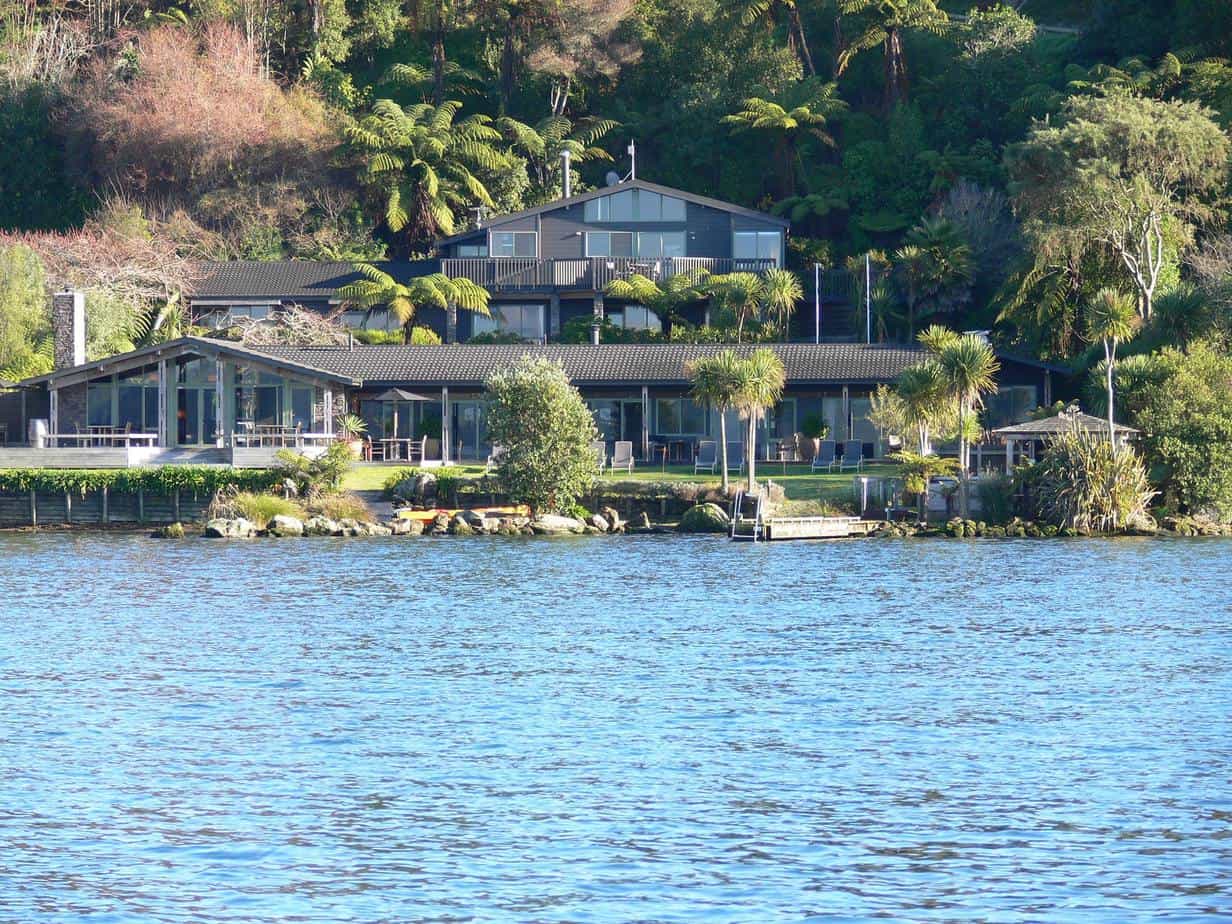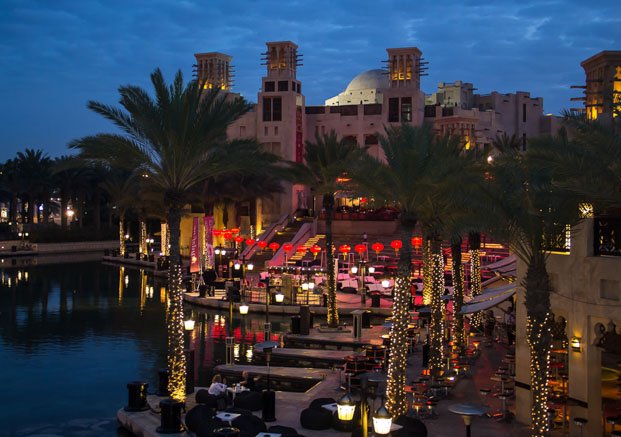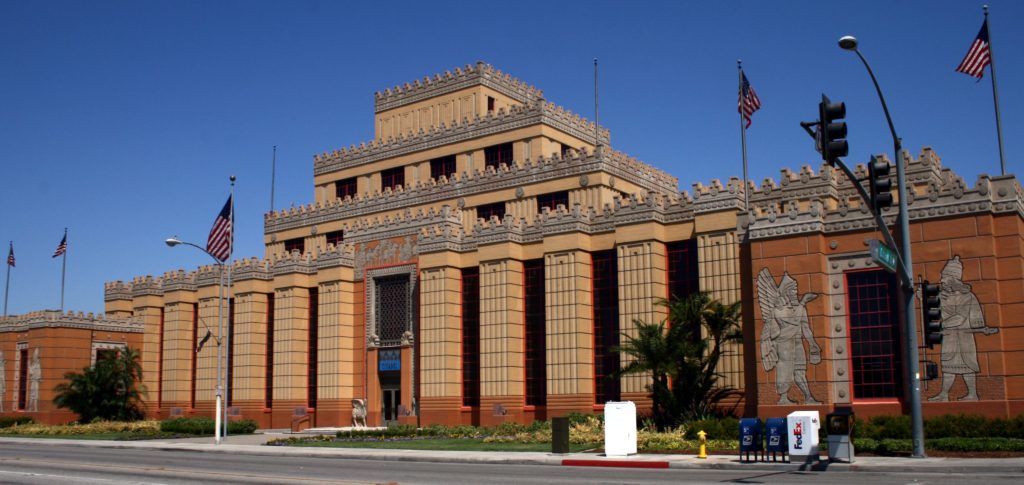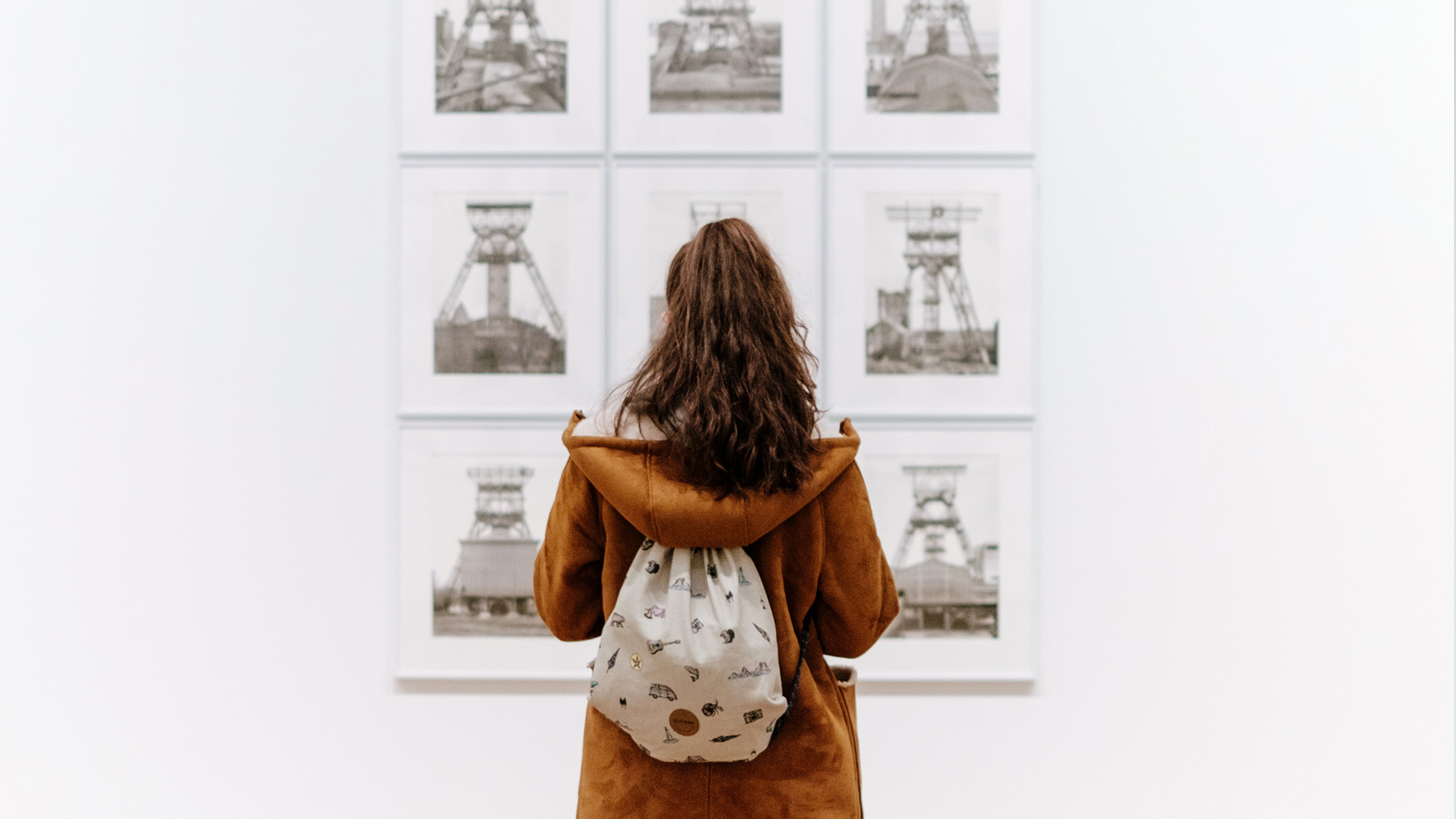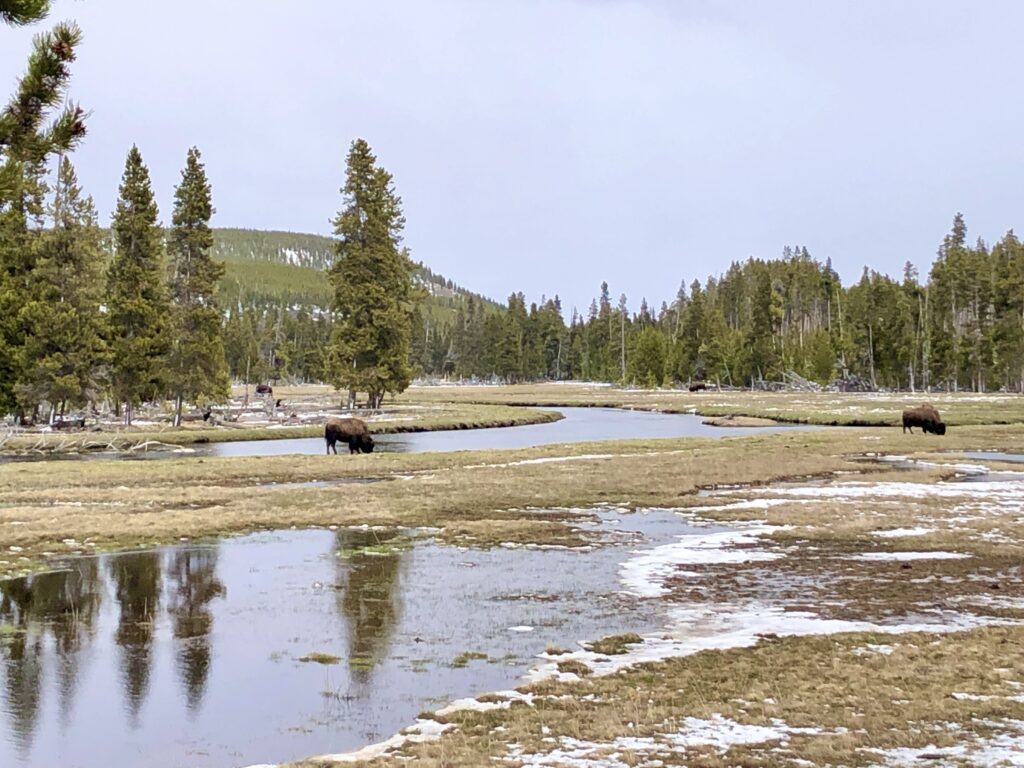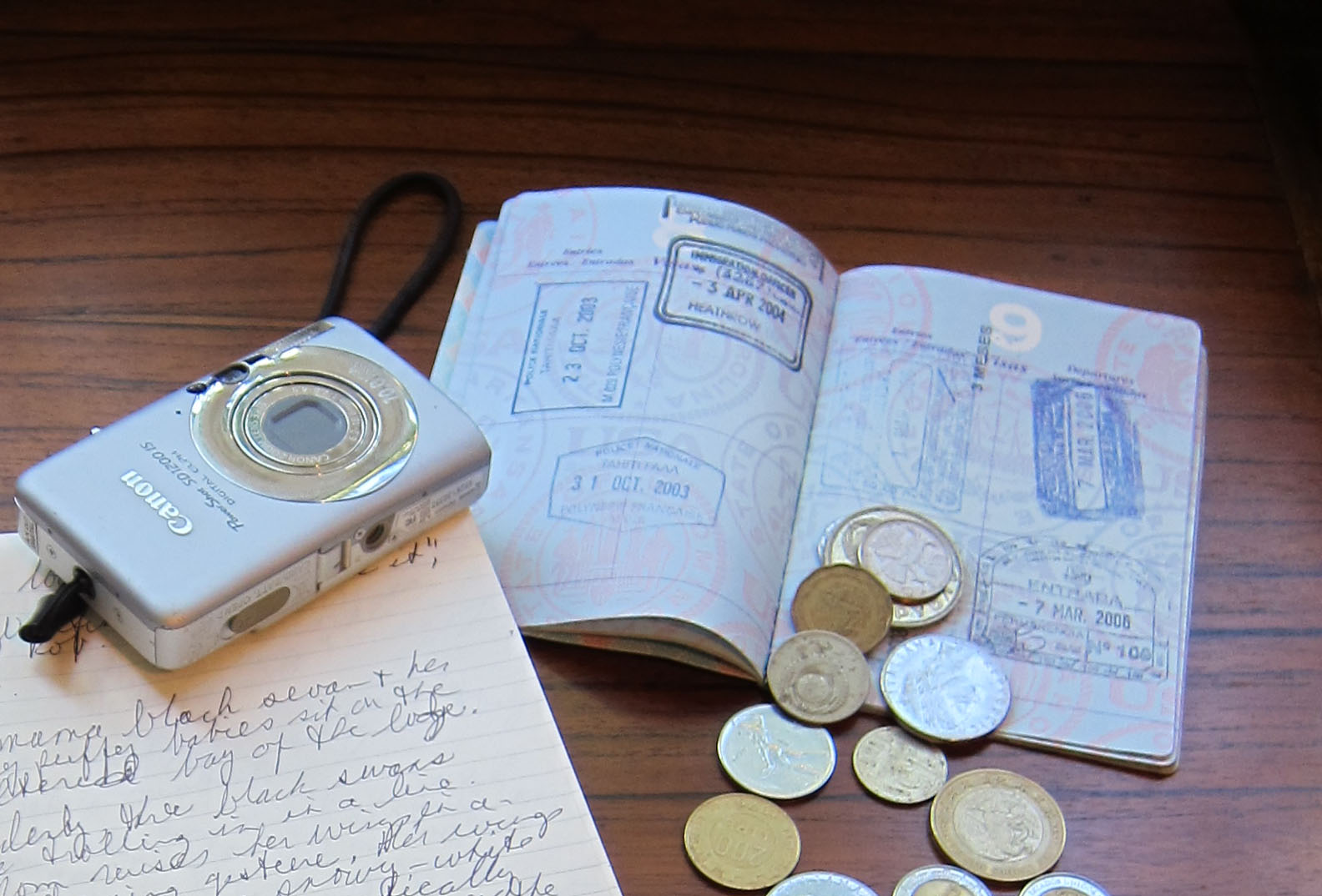We could smell Rotorua before we arrived. This tidy New Zealand town introduces itself with the strong stench of sulphur and distant steaming curls of fumaroles rising high in the sky, all from this spa town’s mighty geothermal features.
As we passed hot spring spas, tourist shops and cricket pitches, steam wafted from sewer grates. Fumaroles puffed away on the municipal golf course. And thick acrid clouds engulfed the trees in the municipal park.
Sixty-five thousand Rotoruans have the misfortune of living atop a cauldron of hell, the Rotorua Caldera, a giant underground reservoir of molten rock and ground water 30 miles wide, 100 miles long and six miles deep.
Te Rotorua-nui-a-Kahumatamomoe in Maori, meaning “the second great lake of Kahumatamomoe,” or Rotorua, comprises a tiny part of the vast Taupo Volcanic Zone, created when the Indo-Australian and the Pacific plates crashed together a millennia ago.
Rob and I had just won 100,000 airline miles to fly to anywhere on the planet. After deciding to take off for the farthest place on Earth those miles could fly us, I searched for a place as foreign as possible.
After finding this tiny corner of Polynesia, Rotorua attracted me with its abundant geothermal wonders, rich Maori culture and the solace of scenic natural beauty. On New Zealand’s North Island, I looked forward to geothermal explorations and satisfying my curiosity.
After all, how can people live so indifferently atop a vast volcanic caldera?
I couldn’t have chosen a landscape more alien than my own.
We flew from a depressing North American autumn into an antipodean spring. From Auckland, we traveled 140 miles south to Rotorua through a soothing wet, pastoral countryside. We sped past emerald animal paddocks filled with Holsteins and sheep and thick forests. The road glistened from downpours, drizzle, and sunshine.

Snowy spring lambs leapt about in fields blooming with masses of wildflowers and purple jacaranda trees. We rolled into monied, horsey Cambridge, tooling past BMWs, rarely seen in egalitarian New Zealand. We passed hushed town squares shaded by mature oaks. An equestrian town reminiscent of Kentucky, Thoroughbred stud farms lined the road, where mares and foals, grazed in black fenced pastures.
We stopped at the Cambridge Country Store’s tearoom for a cup of civilized tea, walls decorated with a Princess Diana memorial.
It’s hard to imagine anything bad happening here, I thought, comforted by knowing that serene areas still remain on the planet.
Exploring Rotorua
Soon we arrived at the Koura Lodge on the shore of Lake Rotorua, a caldera lake mirroring Mount Tarawera, a volcano fifteen miles away. As we checked in the inn’s great room, ducks and black swans bobbed in the drizzle on the choppy lake.
Over a welcoming glass of champagne, our host told us about activities he could arrange, kayaking, float plane tours, fishing excursions, and more.
A pair of honeymooners dropped by, inquiring about hiking a volcano.
One Kiwi guest spoke up.
“The Maoris charge for hiking their volcano,” he said. “They charge for visiting their marae, they charge for fishing in the lake, they charge to go on their island. You can’t do anything here without paying for it.”
Later, I would learn about the sad tragedy laying behind the Maori tourist trade.
Now settled, we set out immediately to explore the town. Driving around wet streets, I marveled at the strange wonders of Rotorua, steam vents wafting everywhere, randomly blooming in front yard flowerbeds or on traffic meridians. Wisely, the locals marked them with piles of volcanic rock to avoid accidental burns.
“There’s nothing you can do if a fumarole appears in your garden,” one local said later. “Maybe it will go away tomorrow or in five years.”

On the steamy grounds of Kuirau Park, redolent of rotten eggs, we strolled walking paths amid the stinky, surreal terrain. Cranky mud pots bubbled, Technicolor clay features glowed, and lakes simmered. Alive with geothermal activity, hot springs, gas and steam up flows, and clouds of acid sulphate or alkaline chloride seeped from miles below.
We passed mineral water foot pools where locals soak their feet. And, suddenly as we rounded a stand of trees, a showy geyser burst from the grassy grounds. When its waters hit the air, it transforms into a cloud of carbon dioxide or hydrogen sulfide steam.
The Polynesian Spa

Tempted to take the waters ourselves, we headed to the Polynesian Spa to soothe the stresses of our trans-Pacific flight. We joined Japanese tourists to soak in several rock-lined mineral water pools on the shore of Lake Rotorua. Two springs fill these pools, the Priest Spring’s acidic waters for relieving sore muscles and the Rachel Spring’s alkaline waters for soothing the skin.
A Geothermal Wonderland

In the Government Gardens in the center of town stands the 1908 Bath House, a grand Elizabethan-style, timber-framed affair that today houses the Rotorua Museum of Art and History. Alas, years of acidic waters and hydrogen sulphide gas had corroded the historic building from the inside out. Failing to meet earthquake standards, this impressive museum has been closed.
But it was open during our visit. There, I learned about the great Maori migrations from their mythical homeland of Hawaiki, which might be Hawaii. For hundreds of years, local Maori, the Te Awara, had settled around the area to live innocently atop the caldera’s fierce miasma. They considered this abundant geothermal energy as sacred, using it to heat homes and cook food. Over vaporous shrouds, they steamed meals of rat and dog as well as eel and fish pulled from 17 caldera lakes nearby. They tossed sizzling volcanic rocks into underground ovens and dunked food-ladened baskets into hot springs.
After the Europeans arrived, Rotorua’s geothermal marvels led the local government to build the Bath House during the Victorian era, transforming Rotorua into a spa town that competed with those of Europe. The wealthy and famous, as well as the very ill, took the waters after consulting the Government Balneologist.
But by 1959, taking the cure fell out of favor and, according to the museum, the Bath House was declared a black “place out of hell. The building smelt: salty, dampness, sulphury, a decayed monster.” The city closed its maintenance nightmare in 1966.
Pink and White Terraces of Rotorua

At the museum, I also learned about two amazing geothermal wonders, The Pink and White Terraces, now long gone.
For millenia, geysers and hot springs above the small, steaming Lake Rotomahana poured waters rich in opaline silica down the mountainside to the shoreline. As they cooled, they crystallized into two fantastical, fan-shaped, travertine terraces, one pink and one white, laced with natural hot pools of mineral water, both covering acres.
This same geothermal feature steams and bubbles away at Mammoth Hot Springs in Yellowstone National Park.
The White Terraces tumbled 100 feet down to the lake like a great snow-white glacier. Called Tattooed Rock by the Te Awara, its scalding waters were unsuitable for bathing.

But half a mile across the lake lay a favored pink terrace, poetically named the Fountain of the Clouded Sky.
It held many levels of crescent-shaped, steaming basins of silky, azure water, valued for soothing the skin. Serenaded by waterfalls, fountains and hissing geysers, every evening the Te Awara men, women and children gathered to soak in the solid opaline basins. They lay swathed in thick mist as geysers exploded on the lakeshore below, naked together in their own private Eden.
By the 1800s, word of these fairy-like formations had spread among European traders and missionaries. Now dubbed the Pink and White Terraces, the massive structures attracted European tourists, fulfilling the Victorian obsession with oddities and healing waters. After lengthy ship passages from Britain or North America, world travelers flooded into tiny Rotorua and trekked 18 miles via horse cart, foot and canoe to experience the phenomenon.
Even Queen Victoria’s son, the Duke of Edinburgh, Prince Alfred, arrived for a soak in 1870.
After an 1874 visit, Anthony Trollope described the marvel.
You go from one bath to another, trying the warmth of each. The water trickles from the one above to the one below…The baths are…like vast open shells, the walls of which are concave…I have never heard of bathing like this in the world.
In 1885, renowned artist Charles Blomfield arrived, pitching his camp on the lake edge to create the magnificence upon his canvases.
When the crowds arrived, the Te Arawa abandoned their usual tribal warfare activities and entered into a lucrative tourism industry as boatmen, toll road collectors, hoteliers and guides.
They guided bathers to ten-foot basins to soak amid the precious stones and crystals of the Pink Terrace. They took their snapshots and hawked objects ‘petrified’ by the waters, bowler hats or sheets of newspaper encased in silica after a few days’ float. In other words, they sold the litter left behind by previous visitors.
But the Pink and White Terraces’ opalescent beauty proved ephemeral. Living atop an inferno would exact a stiff price.
Rotorua’s Tragic History
Then, I stumbled upon a sad chapter of local history and became obsessed, wanting to know more.
It had all started one winter morning in June 1886 when nearby Lake Terawara’s water level precipitously dropped and then abruptly rose again. Then, creeks emptied and refilled. More ominously, a ghost canoe of Maori warriors was sighted floating into the mists upon lake waters.
Then, on June 10th at three in the morning, Maori and Europeans in Te Wairoa village awoke to apocalyptic earthquakes, fierce lightning, lava fountains and six-mile high columns of smoke and ash bursting from the sacred volcano, Mount Tarawera. In Auckland, 142 miles north, locals suspected the intense explosions and flashes came from an attack by Russian warships.
A violent volcanic cataclysm was tearing the area apart, re-arranging the landscape by splitting into two-mile wide fissures through mountains, carving out new lakes and destroying others.
For six hours, the volcano blasted all three peaks skyward as sheet lightning illuminated its spew of hot mud, red-hot boulders and black ash clouds.
Then, monstrous pyroclastic surge roiled down the volcano’s slopes and buried the village of Te Wairoa and its inhabitants.
Over 30 earthquakes shuddered as a ten-mile rift sliced through Lake Rotomahana and its vulnerable Pink and White Terraces.
Mount Tarawera Finishes the Job
Finally, Mount Tarawera finished the job by blowing superhot magma into the lake’s cold waters, creating a massive steam explosion. the delicate terraces were blown apart after geothermal forces formed these famous natural features for over thousands of years. A 400-foot-deep crater opened in the lake, several times larger than the lake itself, tore the Pink and White Terraces apart and sunk its pieces into the crater bottom.
Underground springs soon filled the crater, covering any remains of the terraces under 200-feet of water. Today, Lake Rotomahana’s larger incarnation lays 100 feet higher in elevation than its former one.
In the end, Mount Tarawera had wiped away every trace of the Pink and White Terraces. Lost forever, those incandescent marvels only exist in a handful of Blomfield’s paintings and rare colored postcards. They only exist in the vivid accounts of admirers such as Trollope or as a small collection of primitive black and white photographs in Rotorua’s museum.
By the time color photography had arrived, it was too late.
Mount Tarawera’s eruption also took a human toll. Unknown to this day, it’s often estimated at 120 dead. Horribly, the Te Awara’s sacred volcano incinerated six Maori settlements, destroying families and livelihoods. Worse, it vaporized their homeland and the hallowed bones of their ancestors.
In the village of Te Wairoa, thick ash buried the school, hotels and the church. Known today as the Buried Village, it’s a popular tourist spot.
As Te Awara refugees suffered overwhelming grief on their uninhabitable land, the government offered resettlement near Rotorua in a village they named Whakarewarewa.
A village you can visit today.
Whakarewarewa – The Living Thermal Village of Rotorua

Southeast of Rotorua, you can tour this village today where 25 Te Awara families live within the Whakarewarewa Thermal Springs Reserve.
Billed as The Living Thermal Village, Whaka, as locals call it, is a Fellini-esque landscape of billowing vapor shrouds, scalding ponds, popping mud pots and seven busy geysers. Families live on quiet lanes lined with cottages amid the occasional savage blasts of hot mineral water. And the Te Awara are still working the tourist trade, selling handicrafts, art, and cultural tour packages.
Near an alkaline chloride hot spring pool surrounded by a rickety picket fence, I stood with our guide, a teenage villager named Take. He had grownup playing ball around deadly hazards. A child’s curiosity and molten mud, scorching gas and scalding water do not mix.
“There were two rules,” he said. “Don’t bother the tourists and don’t go over any fence protecting a hot pool. If you did, an auntie or a grandmother used tough love, a boot in the behind or a switching.”
However, disaster did strike, Take recalled, and a little girl died after getting too close to a hot pool.

Time for A Hangi
Throughout Whaka, communal wooden boxes called hangis dot the village, sitting atop steam vents in the ground, cooking meals for several families. Women put out loaded hangis every morning, expertly layering food between burlap or banana leaves. To round out meals of meat or fish, they steam puddings, bread stuffing, cabbage and kumara, a local sweet potato. Families pass favored hangi recipes down through the generations.
If a rock is placed atop the lid, Take said, that’s a signal that the hangi is full and not to be opened. And whenever a new steam vent splits open, “It’s time to put down a hangi,” he said.

By suppertime, courtesy of the tumult underground, the whole delicious mess is dumped on the family table, smorgasbord-style, and eaten with fingers.
And at five-thirty every evening, after Whaka’s hot spring baths have cooled to tolerable temperatures, the entire village comes together in a collective soaking, as naked as their ancestors.
“So there is a pleasant side benefit of living in hell,” I said to Rob.
Later at our lodge, we enjoyed a beach barbecue of fresh-caught trout from Rob’s fishing expedition with other guests. Cuts of local lamb were also grilled, accompanied by fine New Zealand wines. As darkness arrived and the fire glowed orange, guests slowly returned to the inn.
Lesson Learned in Rotorua
I stepped away to stand on the shore of Lake Rotorua, now black under a moonless sky and a spray of stars. I found the kite formation of the Southern Cross hanging low in the sky. Across the lake, I knew, stood the fierce Mount Tarawera.
The volcanic eruption of June tenth, 1886 still stands as New Zealand’s most cataclysmic disaster in known modern times. Their own 9/11.
With the slight stink of sulphur in my nostrils, my head overflowed with images of boiling lakes, vaporized villages, families ripped apart. I realized how, in a flash, beauty is destroyed, monuments disappear and devastation steals your family.
It felt stunning to contemplate the amount of energy needed to rip apart a seven-acre, solid travertine structure. Or an energy terrific enough to crack a ten-mile rift through entire mountains.
Violence lives inside the earth. Disasters have stricken our planet for millennia. You can escape to the most remote place on earth but you can never escape disaster.
After walking as ghosts amid the fallen ash, I saw how the Te Awara learned to live again amid the wanton geothermal energy below their feet, energies that deliver sustenance and destruction, hangi meals and volcanic terror. Yet today, they still use it to heat their homes, bathe their bodies and steam their meals, as they have for centuries. There are hangis to put down, hazards to warn children about and dinner to be ready by suppertime, living with volcanic vulnerability every day.
I also saw how a community can renew itself – Rotorua is still a famed spa town and the Te Awara still work the tourist trade.
I realized that we can live with vulnerability, live with the unthinkable. It all comes down to acceptance, even accepting the unacceptable.

If You Visit Rotorua

Rotorua iies 140 miles south of Auckland, a two-hour and 50 minute drive on North Island’s State Highway 1. Here, immerse yourself in Maori culture, hike the scenic Whakarewarewa Forest, enjoy water sports on 18 lakes and soak in the natural pools of Te Rata Bay (Hot Water Beach). Plenty of adventuring here: rafting, canopy walks, mountain biking, hikes in the redwoods, even rolling down a mountain in a ZORB. It’s the New Zealand way.
After all the adventuring, come take the waters in 28 mineral pools, book your own private pool or enjoy treatments in the day spa. Centrally located in town on the shore of Lake Rotorua, day admission starts at $32NZ.
Walk a green archeological 12-acre site of the Te Awara village destroyed during the monstrous 1886 eruption. Explore living history at the museum displaying excavated objects or hike a waterfall trail. A gift shop serves tea and scones. Admission from $30NZ/teen & child $10-$5NZ
The Living Maori Village of Whakarewarewa
Take a 1.5 hour tour, shop for handicrafts and art or hike the geothermal trails around mud pools, hot spring lakes and the mighty Pohutu geyser. Entrance fee: $25NZ/adult/child $10NZ
Rotorua Museum of Art and History
Now called the Rotorua Museum Te Whare Taonga o Te Arawa, the museum is closed due to the 1908 former Bath House not meeting earthquake standards.
Where to Stay in Rotorua
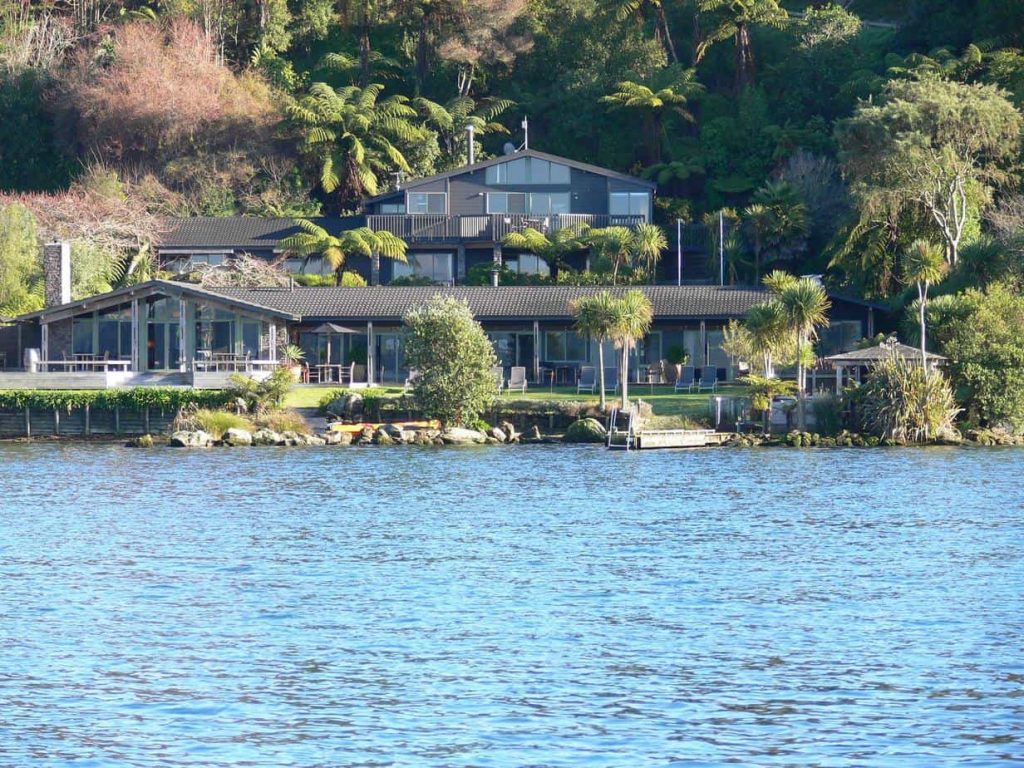
This small luxury lodge located on Lake Rotorua’s lakeshore off Kawaha Point is five minutes from the city center. Offering a full breakfast, a private dock, canoes and eight rooms and suites facing the impressive views. Rates start around $179NZ.
Where to Eat in Rotorua
Around Rotorua, you’ll find plenty of cuisine options, ranging from Mexican to Middle Eastern, Italian to Vietnamese and plenty of pubs such as the Pig & Whistle. Do not miss the fresh lake fish, local lamb and New Zealand wines.
Dine on an authentic hangi dinner, fresh from the Hangi Pit during an evening of traditional Maori dance, food, and culture at this marae, or village. I loved experiencing the ground-shaking fury of the haka war dance, a traditional welcome into a marae. A bit touristy but rich in Maori culture: songs, games, dances, handicrafts, tattooing, carvings, feathered ceremonial clothing, weapons and combat.
